Ok, so you want to power a factory with solar panels. However, one question you keep asking yourself is – “How many solar panels will I need?” This is because, for an area as big as a factory, you will need multiple solar panels. However, to find out the exact number of solar panels you will need, you need to take some factors into consideration first, and also do some calculations.
Similarly, if you are considering a Solar Panel For Home, the process is quite alike, though on a smaller scale. You need to evaluate your energy consumption, roof space, and other variables to determine the appropriate number of panels.
Thus, in this blog, we’ll explore the factors that determine the number of solar panels required to power a factory, breaking it down into simple steps. By the end, you’ll have a clear idea of what it takes to switch your factory to solar power.
So, let’s get going!
Understanding Your Factory’s Energy Needs
The first step in figuring out how many solar panels you need is to understand your factory’s energy consumption. Factories can be of different sizes, and the amount of energy they use can also differ.
Thus, this step is crucial.
Calculate Your Energy Consumption
To determine your factory’s energy consumption, carry out the following steps.
1. Look At Your Energy Bills
Check the past year’s electricity bills to find out how many kilowatt-hours (kWh) your factory uses each month.
2. Calculate The Average
Add up the total kWh used in a year and divide by 12 to get a monthly average.
3. Consider Peak Usage
Identify the months with the highest energy consumption as factories often have peak periods.
For example, if your factory uses 120,000 kWh in a year, the average monthly consumption would be 10,000 kWh.
Determining Solar Panel Output
Next, we need to understand how much electricity a single solar panel can produce.
Solar Panel Efficiency
Solar panels are rated based on power output, typically between 410-700 watts per panel. However, the actual output depends on several factors as highlighted below.
● Location
Solar panels produce more energy in sunnier locations.
● Tilt and Orientation
Properly angled panels towards the sun increase efficiency.
● Panel Quality
Higher-quality panels can convert more sunlight into electricity.
Calculating The Output Of Solar Panels
To calculate the output of your solar panels, use the formula given below.
Energy Output = Panel Wattage × Sunlight Hours Per Day × 30
For example, for a 300-watt panel in a location with 5 sunlight hours per day, the energy output would be:
Energy Output = 300 watts × 5 hours × 30 days = 45,000 watt-hours / month = 45 kWh/ month
Now that you know your total energy output, let’s calculate how many solar panels you will need.
How Many Panels Are Needed?
Now, we can calculate the number of solar panels required to meet your factory’s energy needs.
Divide the factory’s monthly energy consumption by the monthly output of one panel.
Number of Panels = Factory’s Monthly kWh / Monthly Output per Panel
Thus, using our example, if the factory needs 10,000 kWh per month, then the number of panels needed will be –
Number of Panels = 10,000 kWh / 45 kWh panel which equals to 223 panels.
Adjusting for Efficiency and Losses
Solar panels don’t always perform at their peak due to weather, dirt, and system inefficiencies. Thus, it’s wise to account for a 20% loss.
Adjusted Number of Panels = Number of Panels × 1.2
Thus, from our example, the total number of solar panels required would be –
Adjusted Number of Panels = 223 × 1.2 = 268 panels
Considering Space and Installation
Each solar panel requires about 18 square feet. Thus, for 268 panels, you need –
Total Space = 268 × 18 sq ft = 4,824 sq. ft.
So you will have to ensure your factory has available space on the roof or free land space is available to accommodate the total number of solar panels.
Final thoughts
Switching to solar power can be a great investment, especially if you are running a factory with different types of machinery involved. This is because you will be saving a lot in terms of electricity bills per month.
Although the initial cost of investment can be a bit high, it will eventually pay off in the long run through energy savings and sustainability.
If you are planning to install solar panels for your factory, here’s a short recap of the points mentioned earlier in this blog.
- Determine your factory’s monthly energy consumption.
- Calculate the energy output of a single solar panel.
- Estimate the number of panels needed and adjust for efficiency losses.
- Ensure you have adequate space and budget for installation.
By following the steps you can easily calculate the total number of solar panels you will require in your factory.
If you want to calculate your net savings by going solar, you can try our free solar calculator here.
Planning to install solar panels for your factory?
Contact us at Nativ Techniks for superior-quality commercial solar panels, state-of-the-art solar solutions and seamless customer support.
Give us a call at +639176310032, or drop a mail at wecare@nativtechniks.com
Read our other blogs
The Current State of Solar Energy & its future in the Philippines
How Businesses in the Philippines Can Gain Competitive Edge with Solar Power ?
The Impact of Solar Water Pumps on Rice Production and Farmers in the Philippines
Top 10 Ways To Maximise Your Solar Panel Efficiency In The Philippines





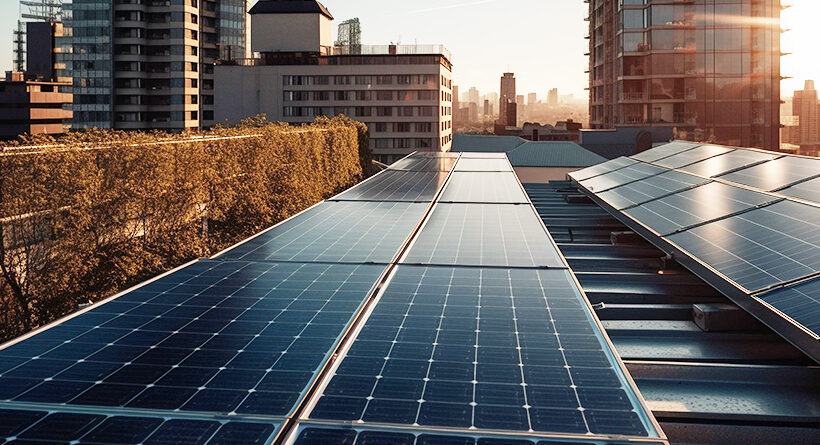
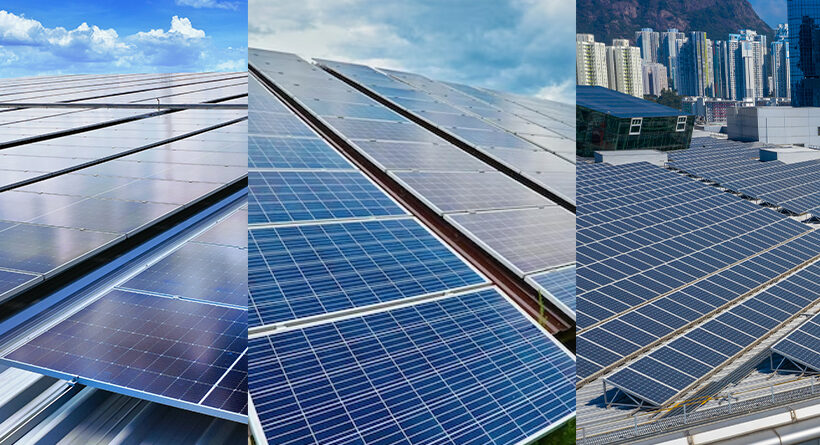

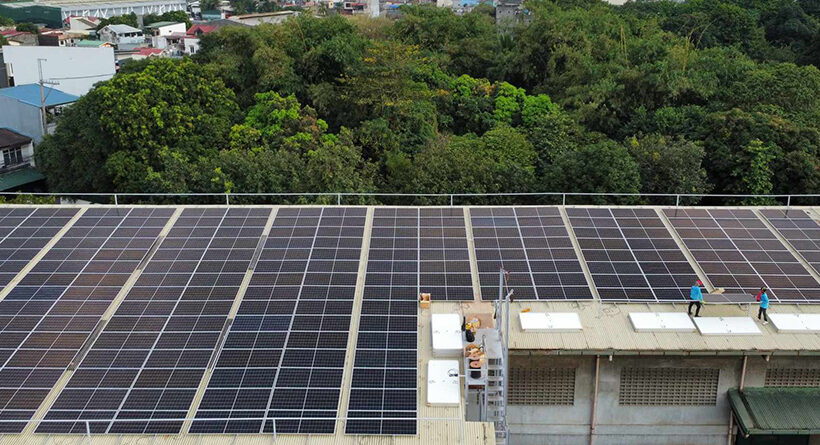
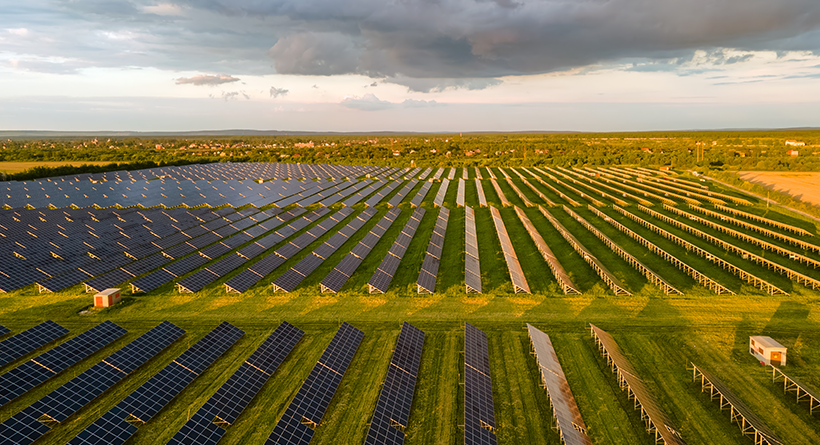
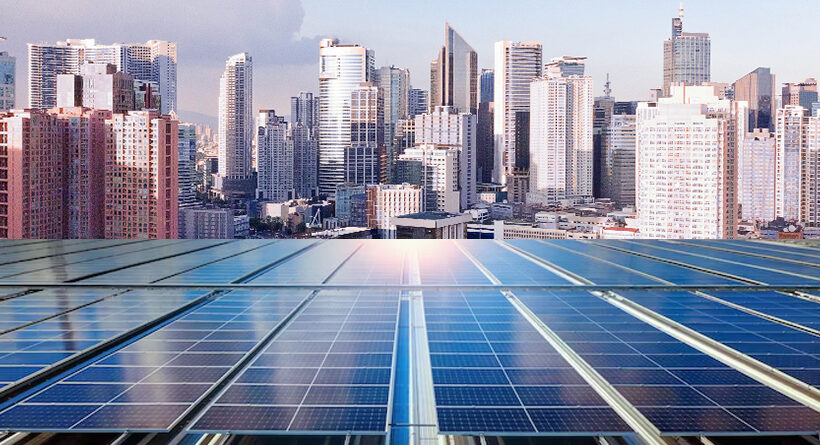
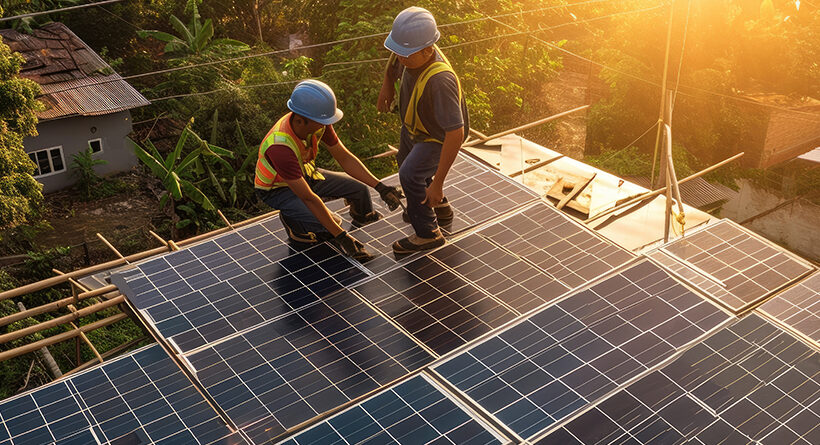
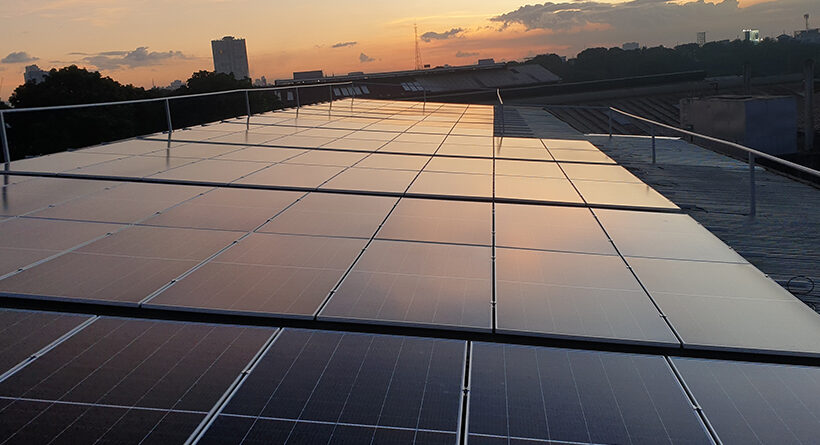

Leave a Reply